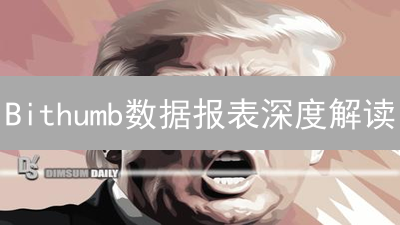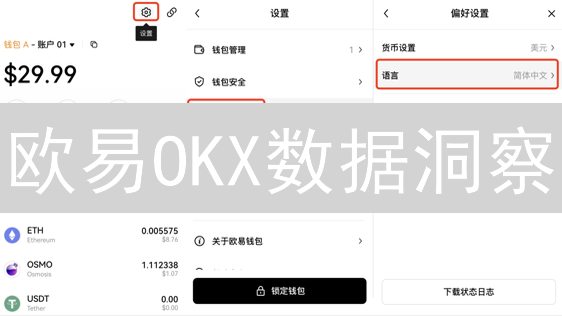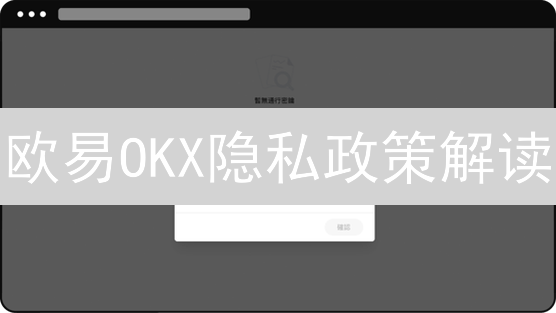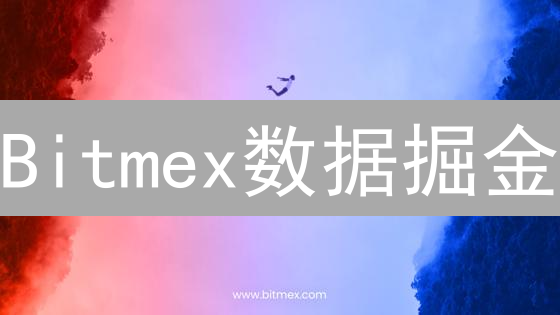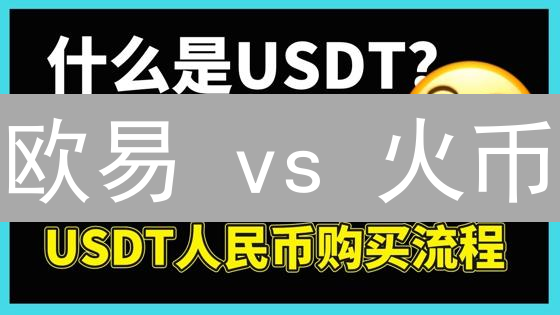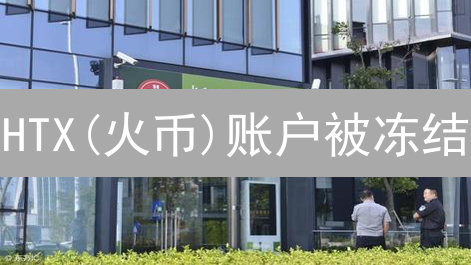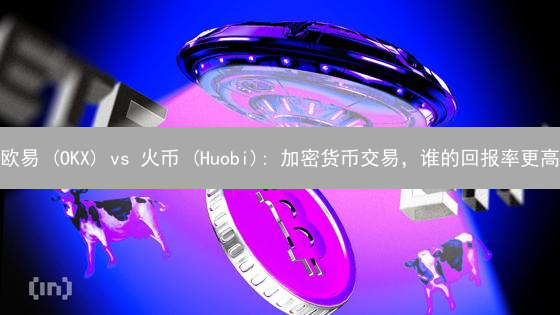加密货币历史数据分析:火币与Gate.io数据获取与应用
加密货币市场的波动性使得历史数据分析对于交易者、研究人员和投资者至关重要。 通过分析历史价格、交易量和其他相关数据,我们可以识别趋势、预测市场动向,并制定更明智的投资决策。 火币和Gate.io作为重要的加密货币交易所,提供了丰富的数据资源,本文将探讨如何查询火币和Gate.io的历史数据,并如何利用这些数据进行有效的加密货币历史数据分析。
火币历史数据查询与API接口使用
火币作为全球领先的加密货币交易所之一,提供了丰富的历史数据供用户查询和分析。对于希望了解过去市场表现的用户,火币历史数据查询是重要的第一步。
获取火币历史数据的主要途径是通过其API接口。火币API提供了多种接口,可以获取不同时间粒度的历史数据,包括分钟级别、小时级别和日级别的数据。这些数据通常以K线图(Candlestick Chart)的形式呈现,包含开盘价、收盘价、最高价和最低价等关键信息。
使用火币API需要进行身份验证,获取API密钥。一旦获取了API密钥,就可以通过编程语言(如Python)调用API接口,获取所需的历史数据。以下是一个Python代码示例,展示了如何使用火币API获取BTC/USDT交易对的日级别历史数据:
import requests import
API endpoint for historical klines
url = "https://api.huobi.pro/market/history/kline"
Parameters for the API request
params = { "symbol": "btcusdt", # The trading pair "period": "1day", # The time period (e.g., 1day, 1hour, 1min) "size": 200 # The number of data points to retrieve (max 2000) }
try: response = requests.get(url, params=params) response.raiseforstatus() # Raise HTTPError for bad responses (4xx or 5xx)
data = response.()
if data['status'] == 'ok':
klines = data['data']
# Process the klines data
for kline in klines:
timestamp = kline['id']
open_price = kline['open']
close_price = kline['close']
high_price = kline['high']
low_price = kline['low']
volume = kline['vol']
print(f"Timestamp: {timestamp}, Open: {open_price}, Close: {close_price}, High: {high_price}, Low: {low_price}, Volume: {volume}")
else:
print(f"Error: {data['err-msg']}")
except requests.exceptions.RequestException as e: print(f"Request failed: {e}") except .JSONDecodeError as e: print(f"JSON decoding error: {e}")
这段代码首先定义了API的URL和参数,包括交易对(symbol)、时间周期(period)和数据量(size)。 然后,它使用requests库发送GET请求到API端点,并处理返回的JSON数据。最后,代码遍历返回的K线数据,并提取关键信息,如时间戳、开盘价、收盘价、最高价、最低价和交易量。
Gate.io历史数据获取与API接口使用
Gate.io是另一家重要的加密货币交易所,也提供了丰富的历史数据。与火币类似,Gate.io也提供了API接口,方便用户获取历史数据。
Gate.io API接口的文档可以在其官方网站上找到。它也支持获取不同时间粒度的历史数据,并且提供了更多的API接口,可以获取订单簿数据、交易记录等更详细的信息。
以下是一个Python代码示例,展示了如何使用Gate.io API获取BTC/USDT交易对的15分钟级别历史数据:
import requests import
API endpoint for historical candlesticks
url = "https://api.gateio.ws/api/v4/spot/candlesticks"
Parameters for the API request
params = { "currencypair": "BTCUSDT", # The trading pair "interval": "15m", # The time interval (e.g., 1m, 5m, 15m, 30m, 1h, 4h, 8h, 1d, 7d, 30d) "limit": 100 # The number of data points to retrieve (max 1000) }
try: response = requests.get(url, params=params) response.raiseforstatus() # Raise HTTPError for bad responses (4xx or 5xx)
data = response.()
# Process the candlestick data
for candlestick in data:
timestamp = candlestick[0] # Timestamp in seconds
volume = candlestick[1] # Volume
close_price = candlestick[2] # Closing price
high_price = candlestick[3] # Highest price
low_price = candlestick[4] # Lowest price
open_price = candlestick[5] # Opening price
print(f"Timestamp: {timestamp}, Open: {open_price}, Close: {close_price}, High: {high_price}, Low: {low_price}, Volume: {volume}")
except requests.exceptions.RequestException as e: print(f"Request failed: {e}") except .JSONDecodeError as e: print(f"JSON decoding error: {e}")
这段代码与火币的示例类似,但使用了不同的API端点和参数。 需要注意的是,Gate.io API返回的数据格式略有不同,需要根据文档进行解析。
加密货币历史数据分析与应用
获取了火币和Gate.io的历史数据后,我们可以进行各种有用的分析,例如:
- 趋势分析: 通过分析历史价格走势,可以识别上升趋势、下降趋势和横盘震荡等。
- 波动率分析: 通过计算价格的波动率,可以衡量市场的风险水平。
- 交易量分析: 通过分析交易量,可以了解市场的活跃程度和流动性。交易量激增可能预示着价格即将发生重大变化。
- 技术指标分析: 可以根据历史数据计算各种技术指标,如移动平均线(Moving Average)、相对强弱指数(RSI)和移动平均收敛散度(MACD),以辅助交易决策。
- 回测交易策略: 利用历史数据模拟交易,评估不同交易策略的有效性。
此外,还可以将火币和Gate.io的数据与其他数据源(如链上数据、新闻数据等)结合起来,进行更全面的分析,从而更好地理解市场动态,并做出更明智的投资决策。例如,可以将交易量数据与特定事件(如监管政策变化)进行比较,以了解这些事件对市场的影响。
综上所述,火币和Gate.io提供了丰富的历史数据资源,通过API接口可以方便地获取这些数据。 利用这些数据,我们可以进行各种有用的分析,从而更好地理解加密货币市场,并制定更有效的投资策略。
